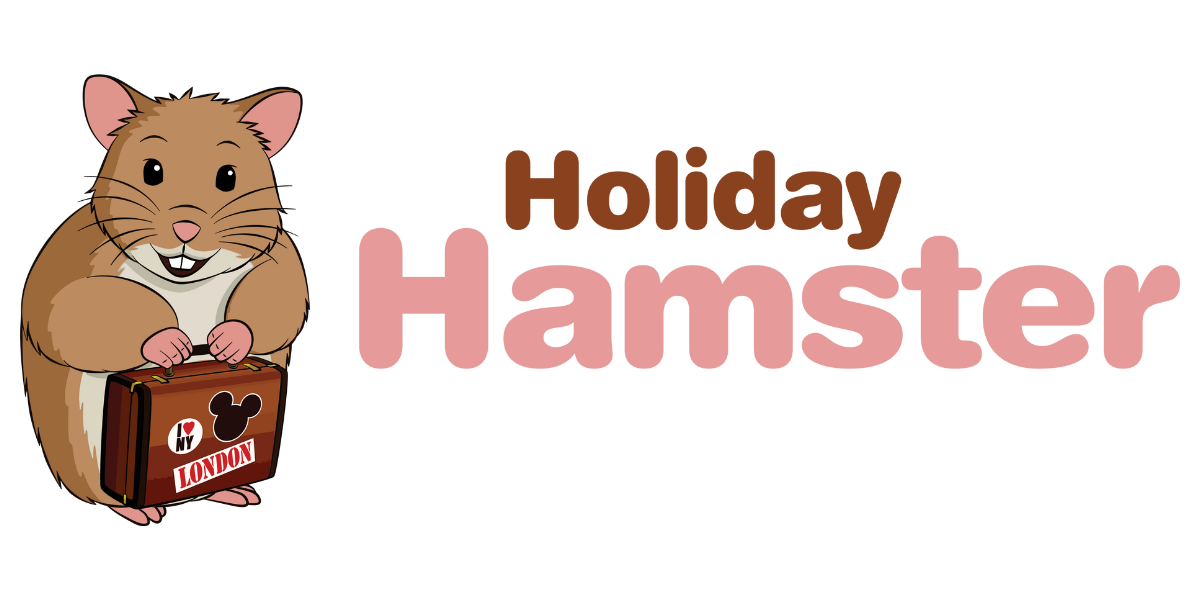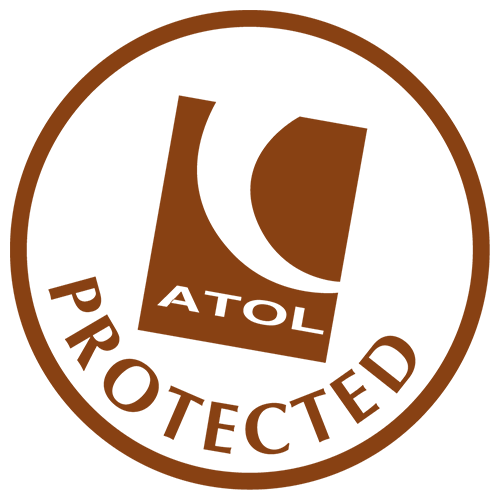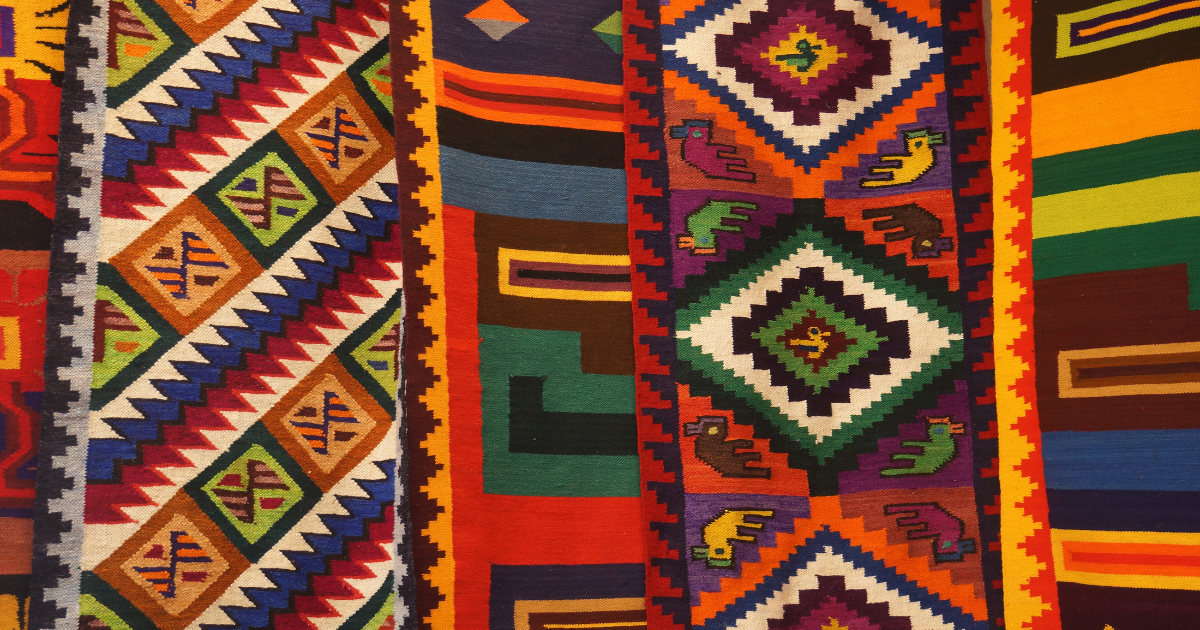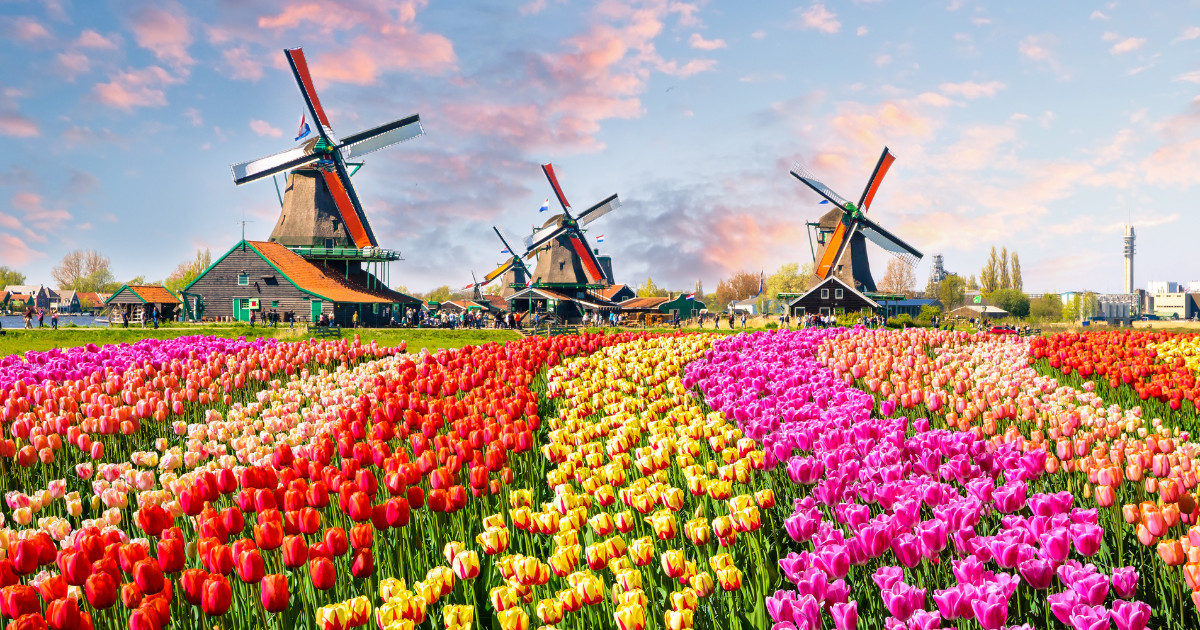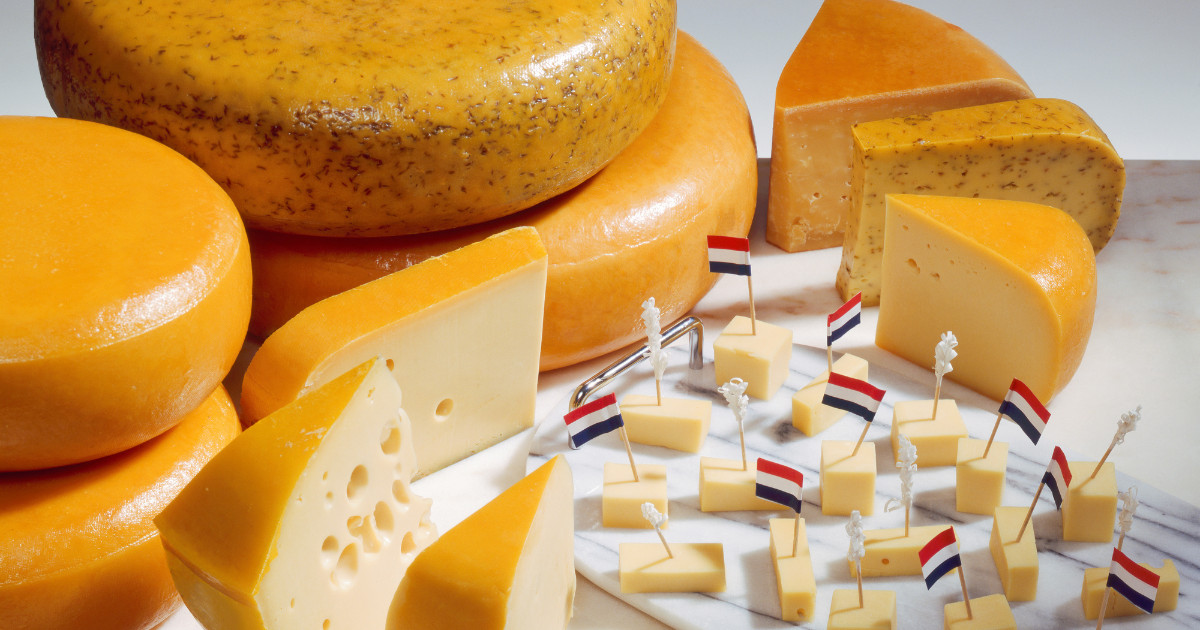Step into the vibrant world of Peruvian textiles and experience masterful weaving techniques passed down for centuries. With a rich history spanning thousands of years, the tradition of weaving in Peru is a true art form that cannot be missed on your travels to this spectacular country. Keep reading to explore the intricacies of Peruvian weaving, including a brief history, the tools used, the techniques employed, and where to find the best textile workshops, markets, and stores. So, put on your adventure hat, and let’s get started!
The Ancient Roots of Peruvian Textiles
Peruvian textiles have a fascinating history that dates back thousands of years. This is evident from the many pre-Incan fabrics found by archaeologists and scientists across the country. The most well-known is the Nazca textile, created by the Nazca culture between 400 BC and 600 AD. These tapestries were made using natural materials such as cotton and wool and were dyed using natural pigments such as plants and insects. The tapestries often depicted animals and everyday objects and were incredibly intricate in design. They were also used as a form of currency and traded throughout the region.
Tools of the Trade: Backstrap Looms and Beyond

Traditional Peruvian weaving tools include a backstrap loom, a drop spindle, and a weaving belt. The backstrap loom is suspended between two objects: the weaver’s body and a sturdy post or tree. The drop spindle is used to spin yarn from wool or cotton, which is used in weaving. The weaving belt is worn around the waist and holds the loom in place. This ancient technique is still employed in many workshops across the country and is a testament to the skill and dedication of Peruvian weavers.
Techniques and Designs: The Art of Peruvian Weaving
Peruvian weavers are known for their intricate and colourful designs, which are created using various techniques, including brocade, embroidery, and tapestry weaving. Brocade is the most complex of these techniques and involves the creation of a pattern using supplementary weft threads. Embroidery uses a needle to create designs on woven fabric, and tapestry weaving involves weaving threads together on a vertical loom. Traditional Peruvian weavers still use these techniques today and can be seen in textiles throughout the country.
Shopping for Textiles: Pisac Market and Cusco City

If you’re looking to purchase some Peruvian textiles, there are a few places that you should check out. The Pisac market in the Sacred Valley is one of the best places to find high-quality, handmade textiles. You can find traditional textiles, clothing, and home decor items here. The market is open every day, but the best time to go is on Sundays when locals from nearby villages come to sell their textiles. Another great spot is the city of Cusco, which boasts many textile shops and workshops. Here, you can find fabrics of all shapes and sizes, from rugs and wall hangings to traditional hats and ponchos.
A Tapestry of Traditions and Talent
Peruvian textiles are a rich and fascinating part of the country’s culture. They showcase a mastery of technique and an eye for design that have been passed down for generations. Whether you’re a first-time visitor to Peru or a seasoned adventurer, exploring the world of Peruvian weaving is an absolute must. From the intricate tapestries of the Nazca culture to the colourful designs of modern-day weavers, the world of Peruvian textiles is a true wonder. So get lost in the vibrant world of Peruvian textiles and discover the art of weaving for yourself!
